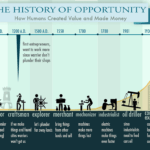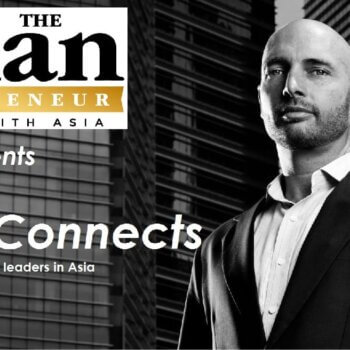On first read, the the concept of a crying bars seem so strange On second read the crying bars are really not that different from life in America.
As I understand it, crying bars are business establishments where people come in to cry and talk about their problems.The Chinese are evidently paying $6 an hour to go to these crying sessions. Americans pay about $150 an hour to go to a counselor to do pretty much the same thing.The big difference is that many of us get these sessions paid via insurance and they are called therapy sessions.
What I couldn’t tell from these news reports if people come weekly or just on an as needed basis. What I am assuming is that the world of therapy and Prozac are not yet a part of the Chinese culture.
The first Cry Bar opened about six years ago. The owner,Luo Jun(罗俊) says he gets 10 customers a day– not sure if that is considered a brisk business but at $6 a pop…. According to the AFP news service, the bar is located in the city of Nanjing and,
sports only a sofa, a few tables, and tissue paper – a lot of tissue paper.[…] Luo Jun says he opened the bar when clients of his last business said they often wanted to cry but didn’t know when or where it would be appropriate to do so.
The idea has caught on. Now there is a Crying Karaoke Bar in Beijing,
The cry bar in Beijing is a kind of Karaoke bar which encourages its customers to let singing bring out tears and finally put on a smile to their faces. The bar owner named Milulu said that the purpose of crying is to make it easier to improve life after the tears dry, not to wallow in bad memories. So is crying a therapy? “Crying is a good way to release pressure. After a good cry, I find myself light-hearted again.” “As a boy, I would not easily turn to parents or friends for help. If I wanted to cry, I would find a quiet place. I found crying soothing.”
The bar owners are not trained counselors but say they are good listeners.
written by Elana Centor, a committed blogger who owns FunnyBusiness. see more.




























